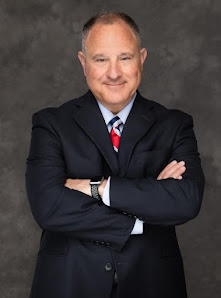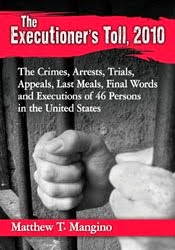When judges are forced to raise money and campaign for office like politicians, it should be no surprise that they often act like politicians, reported the Pittsburgh Post-Gazette.
It’s a troubling affair, and it’s one that has prompted reformers to remind Pennsylvania that there’s another way of doing business — jurists selected by merit, rather than popular election.
There is a lot of money on the line in judicial elections. And soon, it could be a lot more money, threatening the impartiality and above-politics image that judges are supposed to maintain. In a post-Citizens United world, political action groups, unions, and individuals have more freedom to contribute to campaigns. More than ever before, that money will be steered toward state-level judicial elections, as donors realize they can get more bang for their buck by electing a justice for 10 years than a lawmaker for two, or a governor for four.
It wasn’t always this way in Pennsylvania. The state started out using direct election, but by 1790, Pennsylvania judges were appointed by the governor for life-long terms. In 1838, rules were amended to require state senate appointments of gubernatorial elections. In 1913, the state moved to a non-partisan election process, and, in 1968, the current system of political elections followed by retention votes was put in place by way of the state’s constitutional convention.
Changing Pennsylvania’s judicial selection method would mean changing the constitution.
There are several methods for selecting appellate judges and state Supreme Court justices: non-partisan election (meaning the judge’s party affiliation does not appear on the general election ballot), independent committee nomination, appointment by the governor, election by the state legislature, and a fully partisan election.
The last of these is the method Pennsylvania uses, at least for the judge’s initial campaign — prospective justices (like the rest of our appellate judges, common pleas judges and magisterial judges) raise money and run in contested elections.
“It’s a lot cheaper to buy a state court than a state legislature. There are fewer seats and longer terms,” said Bert Brandenburg, executive director of Justice at Stake. “Courts are not supposed to be up for auction. [But] this continuous explosion in special interest and political money [is] trapping judges in a system they did not sign up for, having to go out and become professional fund-raisers,” and then face those same donors in court.
That may be true, but the best judges are able to ignore the pressure to respond to donors, said Arthur Hellman, a professor at the University of Pittsburgh School of Law. “Once they’re there, they are supposed to put their politics aside,” he said.
He reiterated the fact that there’s no perfect system for selecting judges.
“When something like this happens, a high-visibility scandal, it inevitably raises questions about how these justices are selected,” Mr. Hellman said. “But every system produces an occasional bad judge.”
The federal selection system, for example — appointment by the president, approval by the U.S. Senate, with vetting by the Department of Justice and the Senate Judiciary Committee — is a multi-layered, non-elective system. But it’s also the system that produced U.S. District Court judges Samuel B. Kent (a George H.W. Bush nominee) and G. Thomas Porteous, Jr. (a Bill Clinton appointment), both of whom were impeached in the last five years.
“People use this phrase, ‘merit selection,’” as if it’s an apolitical process, Mr. Hellman said. “It’s really a different [type of] political process.”
To read more Click Here
Cop Versus Cop
1 week ago







